February 4, 2022 – We gather news: You stay informed
February 4, 2022: About $2 billion Illegal Seafood Enters US Market Annually, Indian Scientists Want Bycatch Banned from Market, Forbes: Japan Works Toward Ocean Sustainability, Elephant Seals are UNESCO’s Newest Interns and more

1. About $2 billion Illegal Seafood Enters US Market Annually
More than $2 billion worth of seafood caught in illegal or unregulated waters evaded the American government’s import-monitoring system in 2019, according to a new report from Oceana, an independent environmental group. The monitoring system, administered by the federal National Oceanic and Atmospheric Administration (NOAA), covers 40% of the nation’s total imports of fish caught in the ocean. That allows imports of seafood products that contribute to overfishing, are caught with prohibited gear, or are mislabeled. The U.S. sought to limit such shipments by adopting a system in 2016 to monitor importers and 13 popular seafood species such as tuna and shrimp. Oceana says as much as one-third of seafood imports could be illegal or from unregulated waters. The U.S. is the world’s largest seafood-importing nation, purchasing 85% of its consumption from overseas, according to the NOAA.
Thank you for your generous gift that will help us continue the production of this weekly, free publication
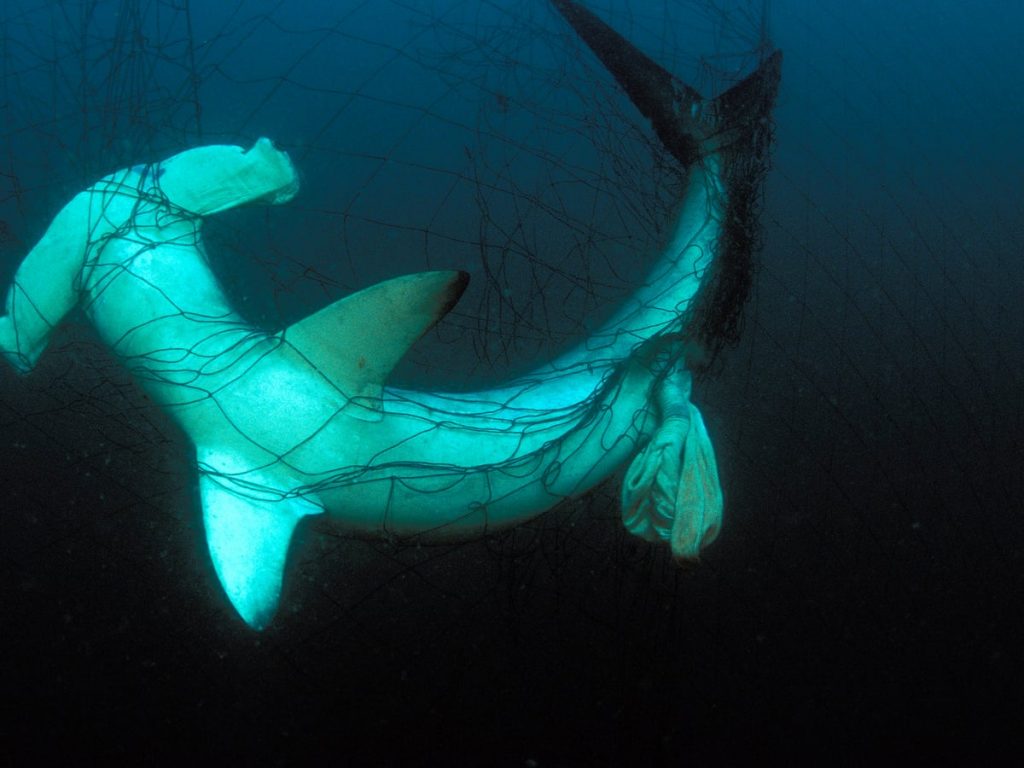
2. Marine Scientists Call for Ban on Keeping Bycatch
In India, marine scientists have called for a pan India ban on keeping bycatch, including juveniles, to conserve the marine environment as well as ensure the sustainability of commercially important marine species. Bycatch used to be dumped back into the sea because they were considered unfit for human consumption. However, the volume of bycatch is up because of the growing demand for fishmeal to sustain shrimp aquaculture. Catching these fish is now highly remunerative for fishers. Fishmeal factories pay upfront, and with diesel cost and other expenses spiraling, fishers find some solace in bycatch. The fish form an important part of the marine flora, and unbridled catch can upset the marine food chain and can in turn affect commercially important species. Scientists have called for at least a pan South Indian States cooperation on the issue because fishing operations are not curtailed by State borders.

3. Forbes Report: Japan Promotes Ocean Sustainability Through Science and Startups
In Japan, scientists and entrepreneurs apply leading-edge science and technology to protect oceans and the planet. The Japan Agency for Marine-Earth Science and Technology (JAMSTEC) is one of the world’s leading ocean science organizations. JAMSTEC is developing an integrated understanding and prediction of global environmental changes, monitoring 289 offshore sites for how ocean absorption of human-generated carbon is making seawater more acidic. This phenomenon threatens marine organisms and fisheries. JAMSTEC is also fostering innovation in the private and public sectors through projects with startups and local governments. It’s doing this in part by commercializing its scientific research. One example of this is an artificial intelligence model that forecasts the best fishing grounds. The technology can reduce the fuel and emissions of fishing vessels by shortening the time spent seeking fishing grounds, and help to sustainably manage marine resources.

4. Scientists Recruit Elephant Seals to Gather Vital Data About the Ocean
The coldest oceans are home to some of the most valuable information about the future of the planet, but many parts of those oceans are inaccessible for thorough study. UNESCO has recruited dozens of elephant seals to gather data. They are one of the few species that can reach the underwater nooks and crannies that pack vital ocean information. 40 Elephant seals were fitted with lightweight devices — weighing roughly 0.1% of the animal’s body mass — that will send data from the seals’ roughly 80 daily deep dives back to researchers. The research will provide vital profiles of the ocean’s temperature and salinity in regions that are traditionally difficult to reach around the north and south poles. The profiles flow into weather models and are used for climate change analysis. The gathered data will also be used to learn more about the elephant seals themselves.
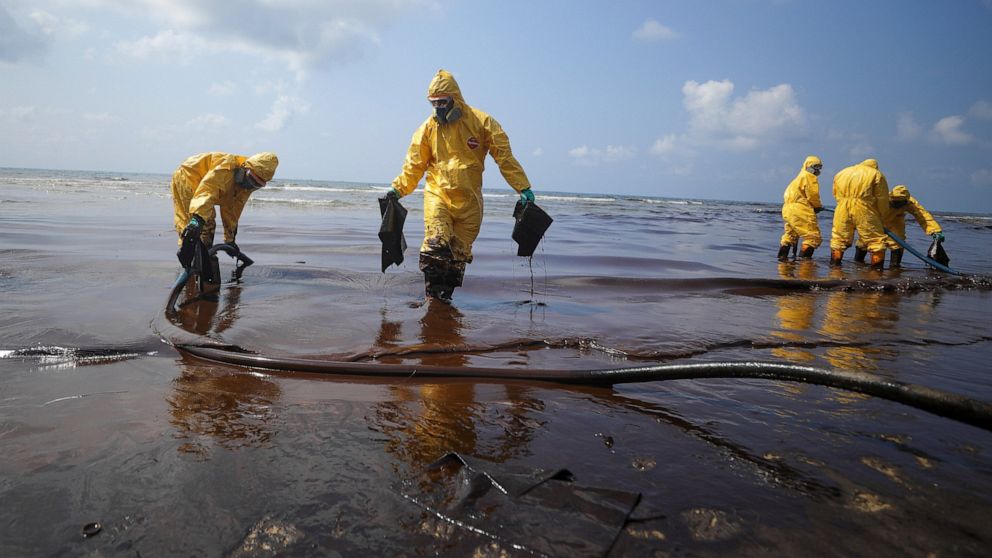
5. Thai Province Declares Emergency as Oil Slick Hits Beach
The governor of an eastern Thai province has declared a state of emergency after some 20-50 tons of oil leaked into the Gulf of Thailand from a hose used to load tankers at an offshore mooring point owned by the Star Petroleum Refining Co. The leak was stopped within hours, the company said, but part of the slick remains at sea and may hit a popular tourist island. Aircraft have been dropping chemicals to disperse the oil and deploying floating booms to trap it so that it can be skimmed and removed. The Thai chapter of Greenpeace said the spill was the second involving Star Petroleum after an incident in 1997. The group is demanding that the oil company show clear accountability for the accident, pay for the cleanup and issue a complete report on the economic, social and environmental impacts of the spill.
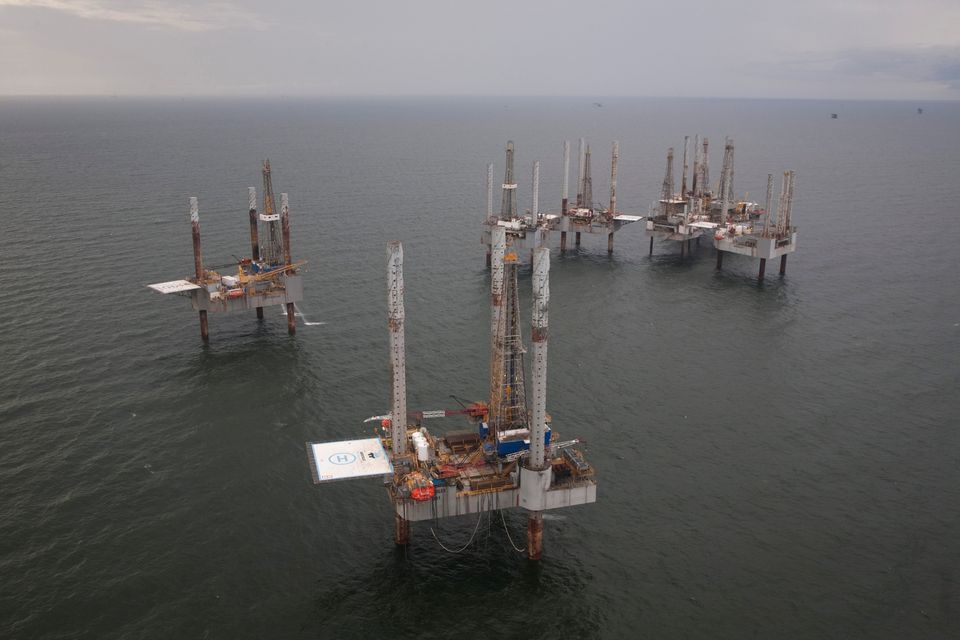
6. Court Revokes Largest-Ever United States Offshore Oil Lease
A federal court has blocked the White House’s massive oil and gas lease sale in the Gulf of Mexico, handing a major win to conservation groups. A judge tossed out the Bureau of Ocean Energy Management’s approval for Lease 257 after finding that the agency’s failure to calculate potential emissions from foreign oil consumption violated the National Environmental Policy Act. The sale covered 80.8 million acres on the outer continental shelf and was the largest offshore lease sale in the nation’s history. “This is a huge victory for our climate, Rice’s whales and Gulf communities,” said Kristen Monsell, an attorney with the Center for Biological Diversity, one of the groups challenging the lease sale. “New oil leases are fundamentally incompatible with addressing the climate emergency and they’ll cause more oil spills and harm to wildlife and people in the Gulf,” Monsell said.
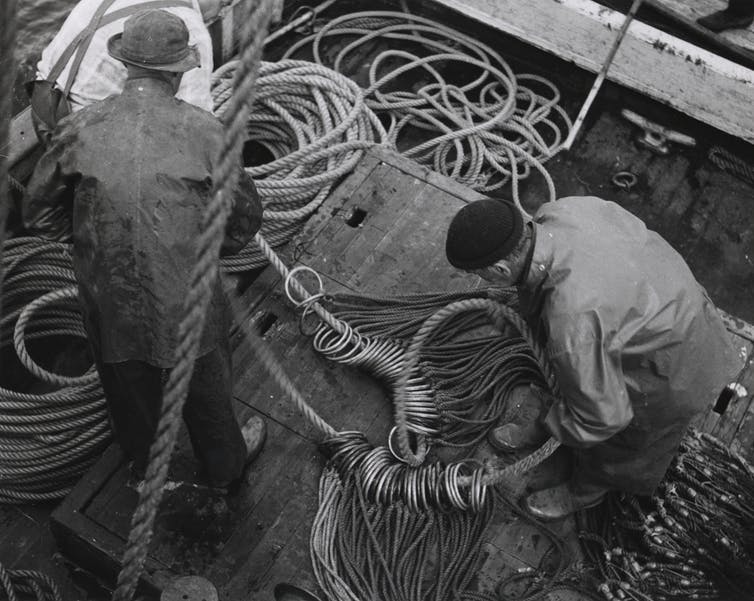
7. Growing Number of Killer Whales Feed Off of Fisheries’ Lines
New research shows that killer whales use fisheries as feeding opportunities in the Indian Ocean. Researchers examined over 119,000 photographs of individual killer whales taken between 2003 and 2018 in the southern Indian Ocean. They produced an identity parade of whales caught taking fish from baited hooks. Killer whales have been known to do this since the mid-1990s, but this analysis showed how the behavior has spread. The number of whales spotted around the fishing vessels suggest that by the end of the study, the entire population had adopted the behavior. Cultural transmission could explain the spread: the whales were learning about the new opportunity from seeing others taking advantage of it. These findings show how changes in prey availability caused by human activities has led to rapid, yet progressive, innovations in killer whales, likely altering the ecological role of this top predator.
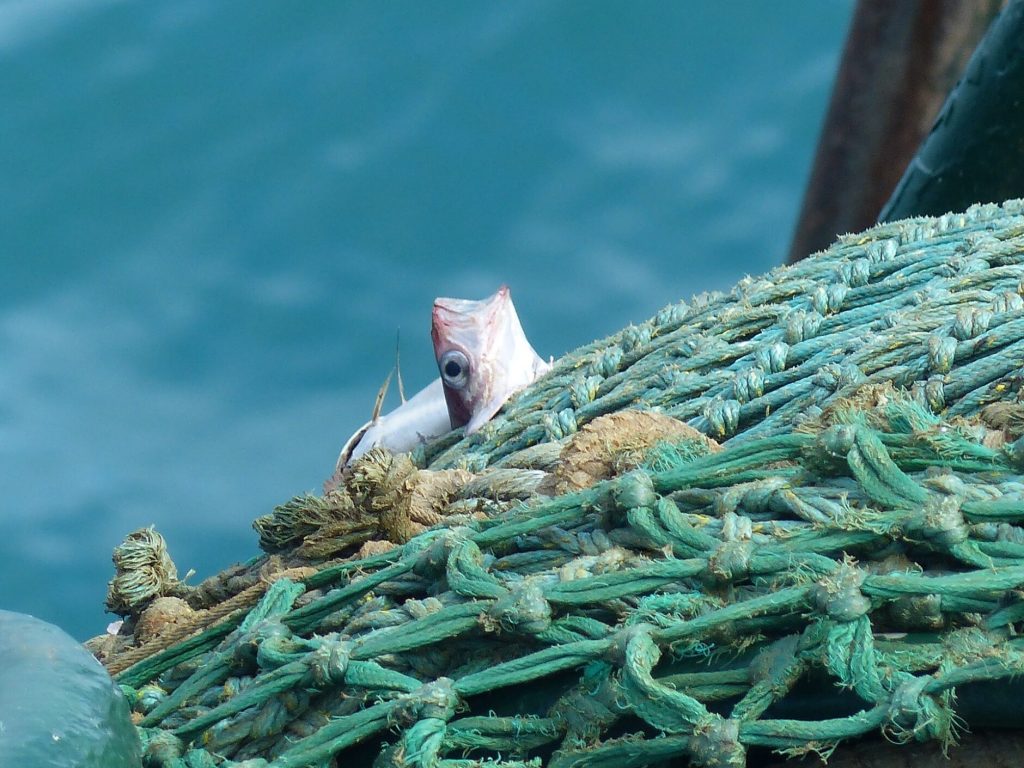
8. Maritime Conflict Heats Up as China’s Fishing Fleet Goes Dark in Argentine Waters
Since 2018, foreign vessels have spent close to 1 million hours fishing between Argentina’s maritime border and the high seas, yet 600,000 hours off radar, suspected of illegal fishing within Argentine waters in the South Atlantic, according to Oceana. The majority of the ships (69%) detected around Argentine waters were Chinese. In the total amount of fishing time in the waters, Chinese vessels made up 70% while Argentine vessels consisted of less than 1%. The dominant vessel used in the region was the squid jigger to catch the lucrative Argentine shortfin squid that is part of the rich and diverse marine life found in Argentina’s vast waters. Encounters between the Argentine coast guard and illegal fishing vessels have boiled over into conflict. In 2019, the Argentine coast guard again fired on a Chinese boat it claimed was illegally fishing in its exclusive economic zone.
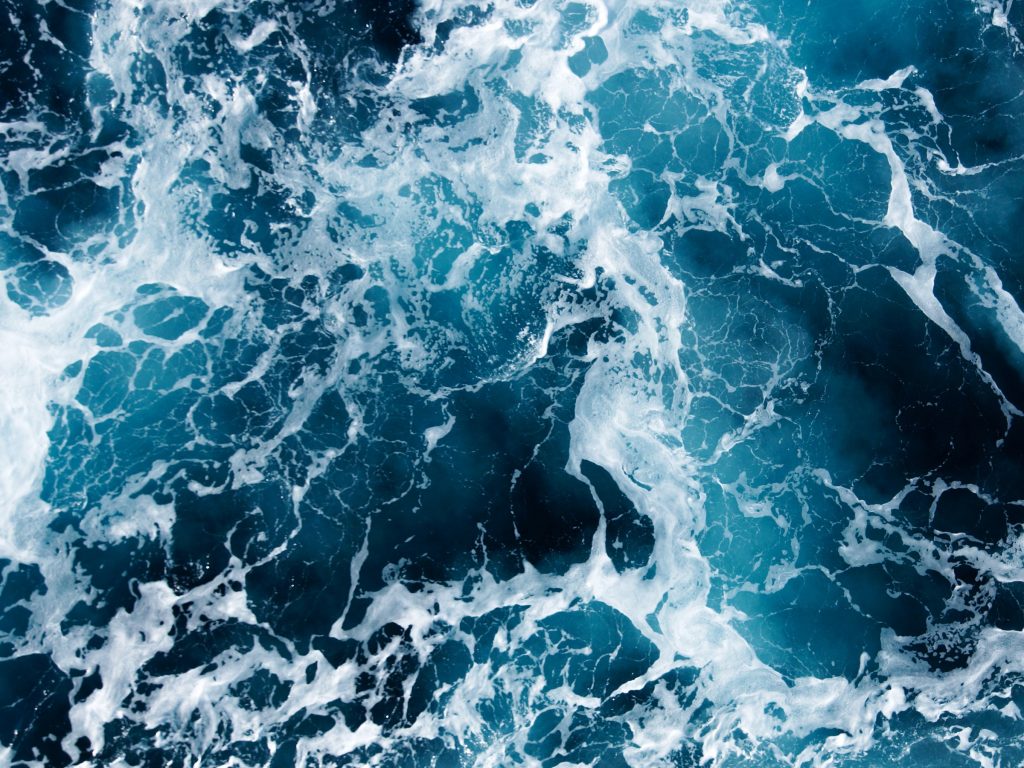
9. First-of-Its-Kind Study Reveals Oxygen Flow and Its Role in Sustaining Global Deep-Sea Life
The Labrador Sea is often called a ‘lung of the deep ocean’ because it is where oxygen from the atmosphere can enter the deepest layers of the ocean. For the first time, researchers have measured the flow of oxygen into the deep ocean interior carried by these deep currents, the oceanographic equivalent of measuring oxygen transport through the main artery or aorta. Researcher Jannes Koelling explains, “We wanted to know how much of the oxygen that is breathed in each winter actually makes it into the deep, fast-flowing currents that transport it across the globe.” Oxygen ‘inhaled’ in the Labrador Sea supports deep ocean life off Antarctica and beyond. The new measurements revealed that half of the oxygen taken up from the atmosphere in the central Labrador Sea in winter was injected into the deep boundary current over the following 5 months.

10. South Africa Engineers Pave Way for Automated Detection of Ocean Pollution
A never-seen before ocean monitoring technology that uses boats, sensors and satellites to collect data on ocean pollution is launching soon. Called “SMARTPOL,” the technology was developed by a team at the University of Cape Town. South Africa discharges between 90,000 and 250,000 tons of rubbish into the ocean every year. Apart from the remote sensor boats, the team is also planning to work on radar satellites to detect pollutants like oil spills. Although monitoring of ocean pollution exists, none were automated until now. “We get ground truth data from the coastal monitoring, and with that, we will be able to determine size and nature of pollutants. From there we can build an artificial intelligence model. In future, we should be able to rely on satellite data to identify major pollution types,” said Professor Amit Kumar Mishra, who is leading the team.

11. Start-Up SciDrones Gives Everyone the Ability to Track Sea Pollution
As oceans are becoming more polluted, a Greek start-up is offering a scalable solution that is aimed at both detecting waste and reusing it. SciDrones, based on the island of Lesbos, takes advantage of drones and machine learning to tackle pollution, and uses this to foster new approaches to the circular economy. Anyone with a drone can help collect data, which they can then upload to the SciDrones platform. The algorithm can identify 8 categories of marine debris, such as plastics, metal, and glass. Once the data processing is over, SciDrones gets a detailed map of where marine debris is located, including quantities, volumes, and locations. The company is in talks with local municipalities to start a pilot program to profitably recycle the refuse that the drones detect. However, implementing such a circular economy is a major hurdle, one the founders have not conquered yet.
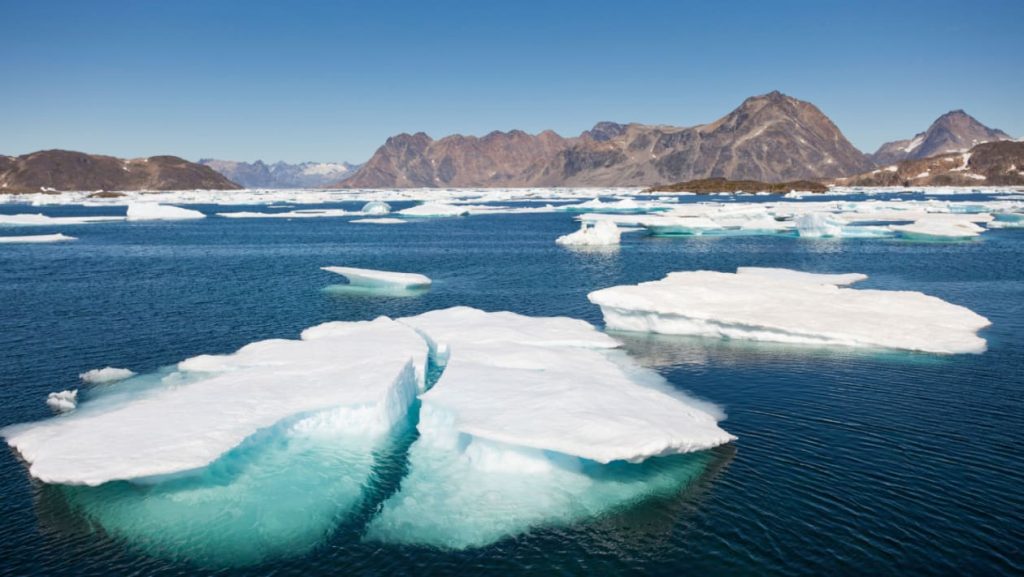
12. Nanoplastic Pollution Found at Both of Earth’s Poles for First Time
Nanoplastic pollution has been detected in polar regions for the first time, indicating that the tiny particles are now pervasive around the world. The nanoparticles are smaller and more toxic than microplastics, which are already across the globe, but the impact of both on people’s health is unknown. Core analysis from Greenland’s ice cap showed that nanoplastic contamination has been polluting the remote region for at least 50 years. Nanoparticles are very light and are thought to arrive in Greenland on winds from North American and Asian cities. The Greenland ice core was 14 meters deep, representing layers of snowfall dating back to 1965. “The surprise was not that we detected nanoplastics there, but that we detected it all the way down the core,” said lead researcher Dusan Materic. “So although nanoplastics are considered a novel pollutant, it has actually been there for decades.”
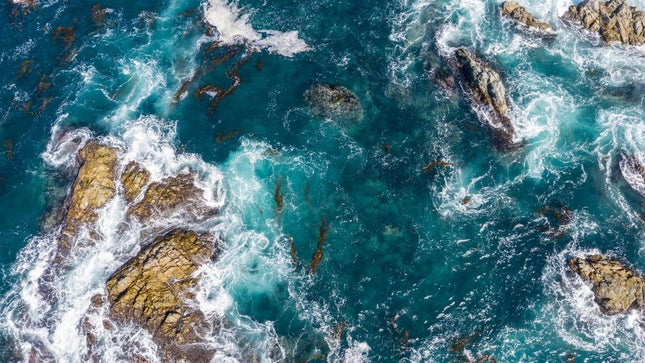
13. Opinion: Time to Follow Through on NOAA’s Marine Conservation and the Blue Economy Plan
There are many instances of marine conservation directly supporting the American “blue economy,” like marine protected areas (MPAs), protected species protection, combatting marine debris and coral reef conservation. A powerful example of an MPA is the Florida Keys National Marine Sanctuary, which contributes $4.4 billion annually to the state’s economy through tourism and recreation. Meanwhile the ecotourism sector shows the economic benefit of protected species protection. And coral reefs pump $3.4 billion into the U.S. economy annually and provide such biodiversity that they are regarded as the “rainforests of the sea.” These and other elements of the National Oceanic and Atmospheric Administration (NOAA)’s Blue Economy Strategic Plan are so significant that the document ranked in the top 10 of the Commerce Department’s 2021 accomplishments. By continuing to implement this plan, NOAA can accomplish a win-win for the economy and the environment.

14. Taiwanese Legislator Urges Agency to Better Protect Dolphins
New Taiwanese Chairwoman Chen Jiau-hua has said the Ocean Conservation Administration (OCA) should do more to protect humpback dolphins as pollution threatens the critically endangered species. More than 80% of the dolphins monitored for a study had scars indicating that they had been trapped or caught in netting or wiring, while 60% also had lesions. The agency is looking into the recent death of a dolphin in Tainan Anping Harbor, said agency Deputy Director-General Wu Long-jing, adding that any decrease in the dolphin population is a terrible loss. The agency is stepping up conservation measures for Taiwanese Indo-Pacific humpback dolphins by analyzing the threats they face, increasing monitoring and research, protecting the animal’s habitat, mitigating human effects on their habitat and improving local conservation efforts. It has also established a panel, which includes experts, to provide suggestions on how to improve dolphin conservation.
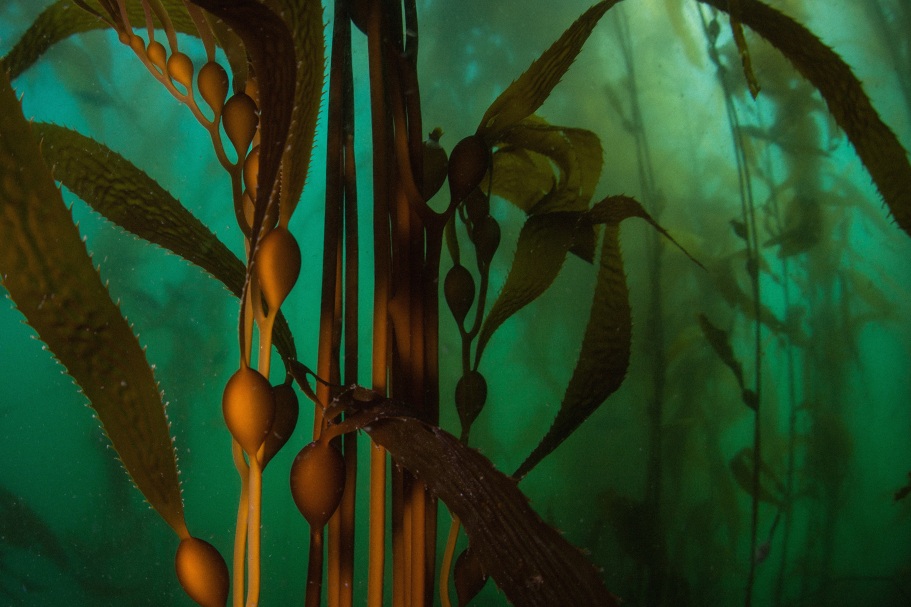
15. Kelp Farmers Believe They Can Grow Carbon-Credit…But Is There Scientific Support?
Coastal First Nations (CFN), an alliance of nine First Nations in British Columbia, has engaged researchers to answer the question of just how well kelp locks up carbon and helps fight climate change. The work is needed to back the global push to make the aquatic resource eligible for carbon credits—a sometimes-controversial scheme whereby people can earn credit for stopping carbon dioxide from reaching the atmosphere, and sell that credit to companies aiming to counteract their own emissions. Some players are anticipating seaweed, including kelps, could join the carbon-credit market as early as this year. If seaweed qualifies for carbon credits, then members of CFN could earn hard cash for restoring or farming kelp. Seaweed is a good candidate for these blue credits because fast-growing seaweed efficiently soaks up carbon, up to 20 times more than a terrestrial plant of the same volume.

16. Hundreds of Strange, Tiny Fossils Found Inside Fish Cranium From 9 Million Years Ago
In a first for paleontology, scientists have found hundreds of tiny, fossilized fecal pellets, or coprolites, crammed inside a fish braincase dating to about 9 million years ago. Scavengers–probably worms–deposited the coprolites when they devoured the fish’s decaying head, including its brain. As they munched the flesh from the skull, the worms left clusters of oval coprolite beads, each measuring about 0.1 inches long. Small as they were, those pellets added up over time, filling the braincase. Researchers found the coprolite-filled fossil at Calvert Cliffs, a site in southern Maryland that contains fossils dating from about 18 million to 8 million years ago, during the Miocene epoch. The skull belonged to the fish Astroscopus countermani, a type of bottom-dwelling ambush predator. Many Miocene marine creatures have previously been described from Calvert Cliffs fossils, including sharks and other fish, turtles, crocodiles, seabirds, and seals.
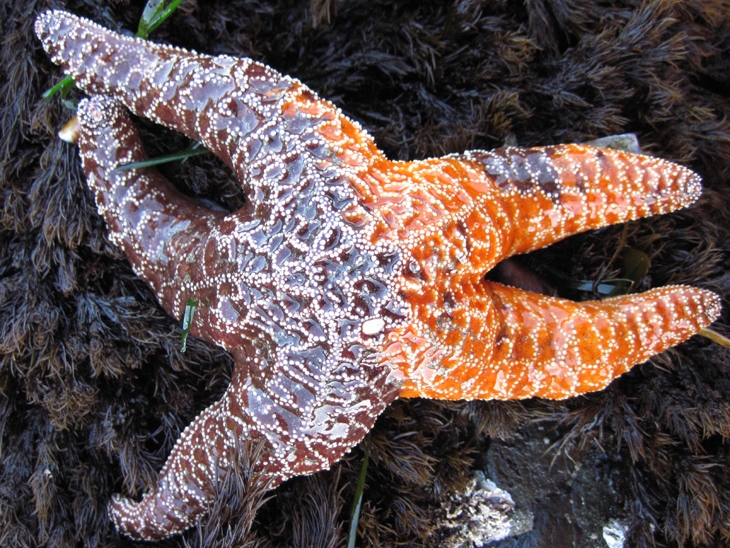
17. Genetic Variation Seems to Play Little Role in Sea Star Wasting Syndrome
Healthy-looking ochre sea stars have minimal genetic difference from those with sea star wasting syndrome, say researchers who examined whether genetic variation was the reason some animals went unaffected during an epidemic of the deadly disease. Without genes promoting resistance to wasting syndrome, the iconic Pacific Ocean sea star’s ability to persist through future outbreaks is in greater doubt. A wasting syndrome epidemic hit the ochre sea star hard for three years starting in 2013 in what scientists believe to be the largest-ever marine wildlife disease event. Researchers examined 200 individual purple ochre to look for genetic variation between healthy specimens and sick ones. “Through a number of genomic techniques, we found that genomic differentiation between normal-looking and wasting sea stars was very low,” said researcher Andrea Burton. However, researchers identified a list of genomic regions with some association with disease resistance for future research.
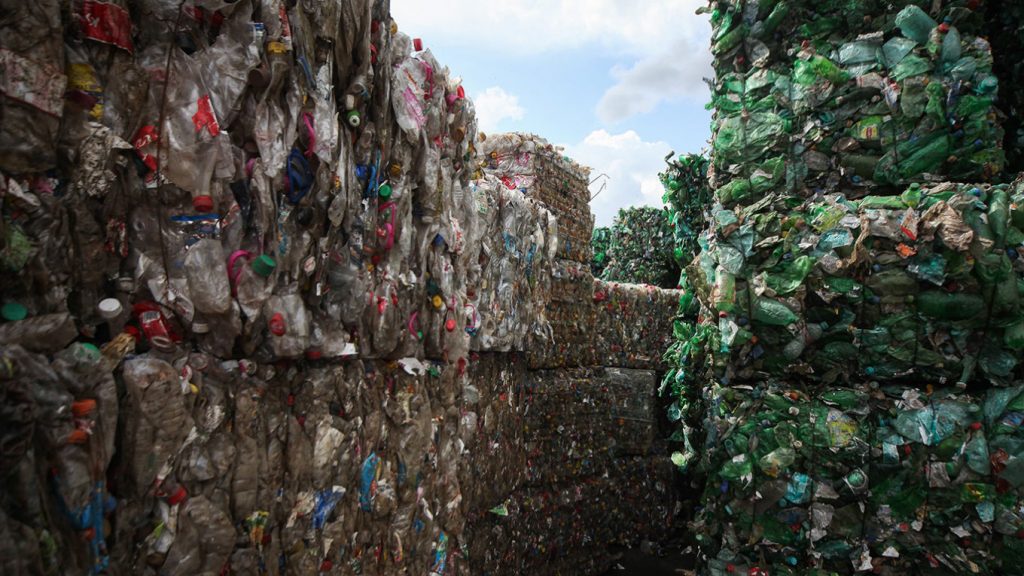
18. Greenpeace Urges Russia to Sign Global Plastic Reduction Treaty
Russia would benefit from joining an international agreement to curtail plastics waste, Greenpeace Russia says. Delegations from world governments and international bodies will draft a resolution for a new treaty to curtail plastic pollution at the UN Environment Assembly this month. Two blueprints for the resolution have been proposed. Japan’s version focuses on cutting marine plastic pollution, while Rwanda and Peru’s focuses on regulating plastics production as well as its transportation, usage and disposal, thus limiting plastics throughout the entire supply chain. Greenpeace Russia calls on Russia to adopt the Peru-Rwanda version, which would be easier to enforce and could result in significant pollution reductions, but requires all major economies to be effective. Signing onto the treaty would also benefit Russia’s economy by creating new jobs through growing demand for reusable packaging, at least 200 times higher than what the waste disposal industry has now.
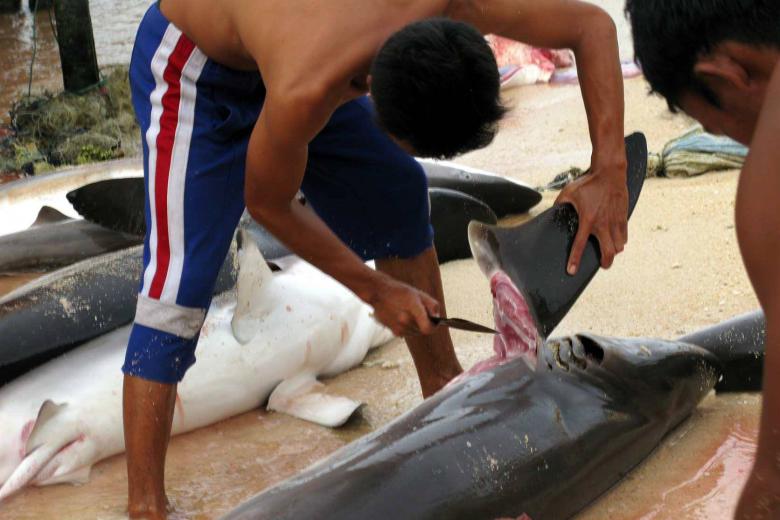
19. Shark Fin Trade Continues Despite More Awareness About Conservation
Despite recent campaigns against the consumption and trade of shark fin, its trade in Singapore climbed between 2017 and 2019 before Covid-19 hit. Imports climbed to 3,000 tons in 2018, and 3,500 tons in 2019. The top suppliers were Spain, Namibia and Taiwan. Exports also rose yearly pre-pandemic, rising to 3,300 tons in 2019. Pre-Covid local consumption dropped to 100 tons in 2018, but rose again to 200 tons the following year. Chester Gan of World Wide Fund For Nature – Singapore, said, “The apparent spike in consumption could be due to trade disruptions from Covid-19. For instance, Singapore traders could have imported significant volumes of shark fin for re-export but were unable to do so due to supply chain issues.” Eating shark fin has become controversial as the species was driven to endangerment and cruel practice of finning sharks was exposed.




